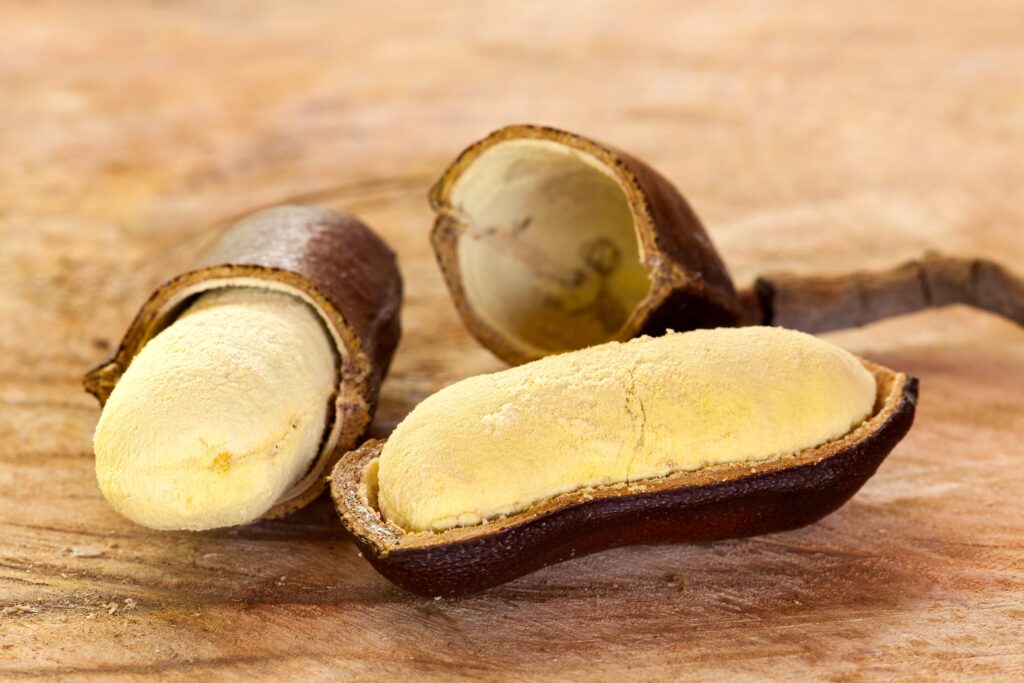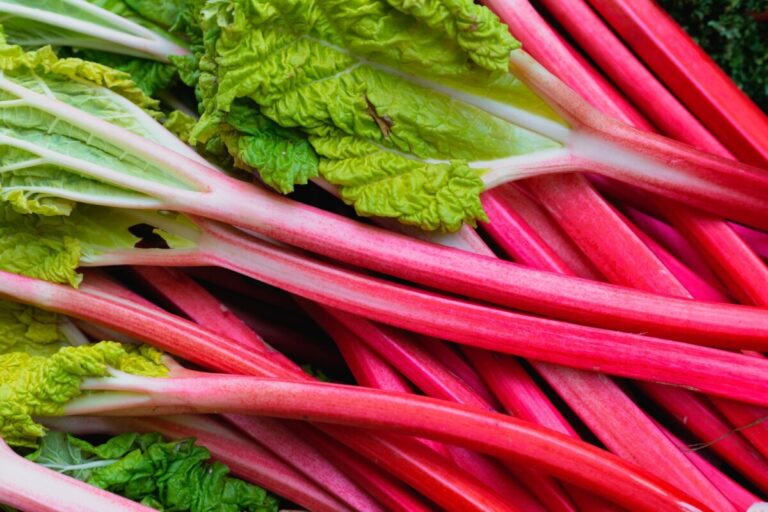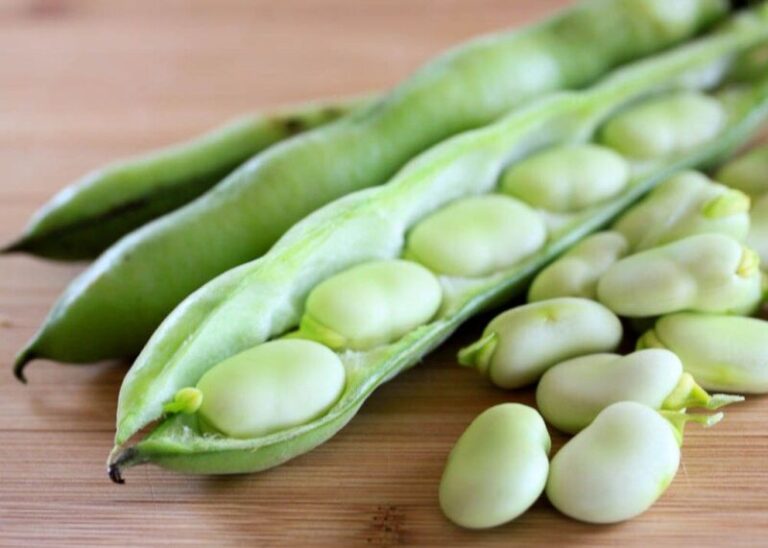The 10 Most Popular Salvadoran Fruits
El Salvador, a small Central American country, is blessed with a tropical climate that nurtures an incredible variety of fruits. These popular Salvadoran fruits are not just enjoyed for their refreshing taste but also play a crucial role in the country’s culinary landscape. From sweet mangos to tangy tamarind, the diverse array of fruits in El Salvador offers a unique glimpse into the nation’s agricultural abundance and rich food culture.
In this article, we’ll explore the 10 most popular Salvadoran fruits, delving into their characteristics, uses, and cultural significance. Whether you’re planning a trip to El Salvador or simply curious about tropical fruits, this guide will introduce you to the vibrant world of Salvadoran produce.
The 10 Most Popular Salvadoran Fruits
Mangos

Mangos reign supreme among the most popular Salvadoran fruits. The variety most commonly found in El Salvador is known as “mangos indios” or “mangos criollos” (Indian or Creole mangos). These fruits are beloved for their:
- Sweet, juicy flavor
- Rich source of antioxidants and minerals
- Versatility in culinary applications
Salvadorans enjoy mangos in various ways:
- Raw: Eaten when semi-ripe or fully ripe
- In beverages: Used to create refreshing drinks like frozen mango daiquiris
- In desserts: Featured in dishes such as mango pie and mango gelatin
Mango pie is a popular dessert that combines the fruit’s tropical flavor with other ingredients like butter cookies, caramel, and vanilla ice cream. Another beloved treat is mango gelatin, a creamy dessert made with mango pulp, gelatin, and evaporated milk.
Papaya
Papaya is another highly cherished fruit in El Salvador. Its vibrant orange color and sweet taste make it a favorite among locals. This fruit is versatile and can be enjoyed in several ways:
- As a sliced fruit for breakfast
- Blended into smoothies and juices
- Used in desserts like “dulce de papaya” (papaya candy)
Papaya candy is a simple yet delicious treat made by simmering papaya cubes with sugar and cinnamon until they reach a syrupy consistency. This dessert perfectly captures the fruit’s natural sweetness and is a popular way to enjoy papaya in El Salvador.
Sapotes
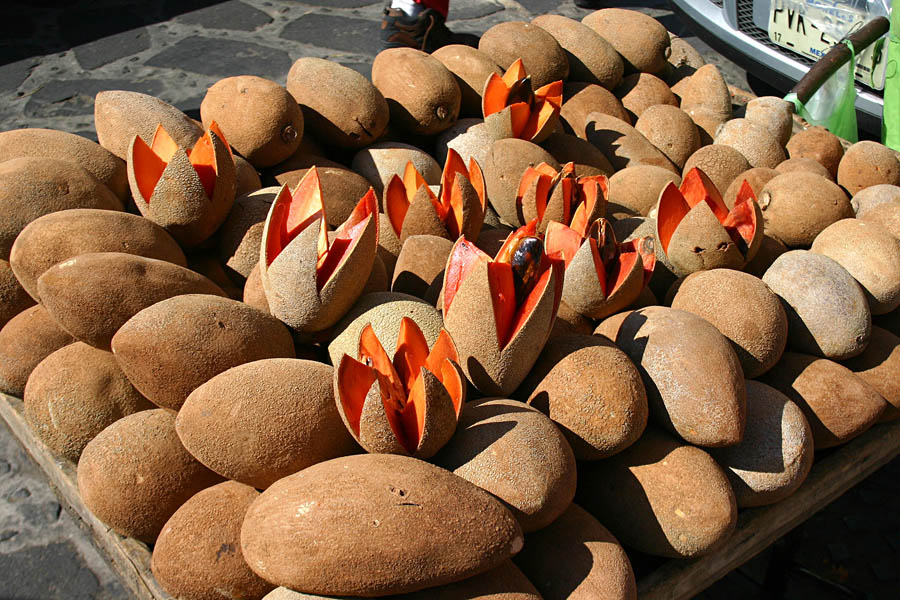
Sapotes, derived from the Nahuatl word “tzapotl,” are native to Central America and highly prized in El Salvador. These fruits are characterized by:
- Dark brown outer peel
- Vibrant red-orange flesh
- Creamy, velvety texture
- Sweet, rich flavor
Salvadorans typically enjoy sapotes in the following ways:
- Fresh as a dessert, scooped directly from the fruit
- Added to ice cream for a tropical twist
- Blended into milkshakes for a creamy, flavorful beverage
Sapote milkshakes are a popular way to enjoy this fruit, combining its sweet flesh with evaporated milk, vanilla extract, and ice for a refreshing treat.
Jocotes
Jocotes are small, orange fruits that pack a flavorful punch. These popular Salvadoran fruits are characterized by:
- Sweet and slightly sour taste when ripe
- Small size with a large seed
- Versatility in culinary applications
In El Salvador, jocotes are enjoyed in various ways:
- Fresh as a snack or dessert
- Prepared as “jocotes en miel” (jocotes in honey syrup)
Jocotes en miel is a traditional Salvadoran dessert where the fruits are simmered in a sweet syrup made from unrefined cane sugar (dulce de panela) and cinnamon. This preparation enhances the fruit’s natural sweetness and creates a delightful tropical treat.
Arrayán
Arrayán is a lesser-known but equally beloved fruit in El Salvador. This small, round fruit resembles a tiny guava and is characterized by:
- Sweet and slightly tart flavor
- Native to Central America
- Versatility in consumption
Salvadorans typically enjoy arrayán in two main ways:
- Raw as a snack
- As a refreshing juice called “fresco de arrayán”
Fresco de arrayán is a popular beverage made by blending the fruit with water and sugar, creating a unique and refreshing drink that captures the essence of this popular Salvadoran fruit.
Bananas
While not unique to El Salvador, bananas are an important part of the country’s fruit landscape. These versatile fruits are enjoyed in various ways:
- As a quick snack or dessert
- In popular street foods like “chocobananos”
Chocobananos are a beloved Salvadoran treat made by dipping frozen banana halves in chocolate. This simple yet delicious dessert perfectly combines the sweetness of ripe bananas with the richness of chocolate.
Plantains
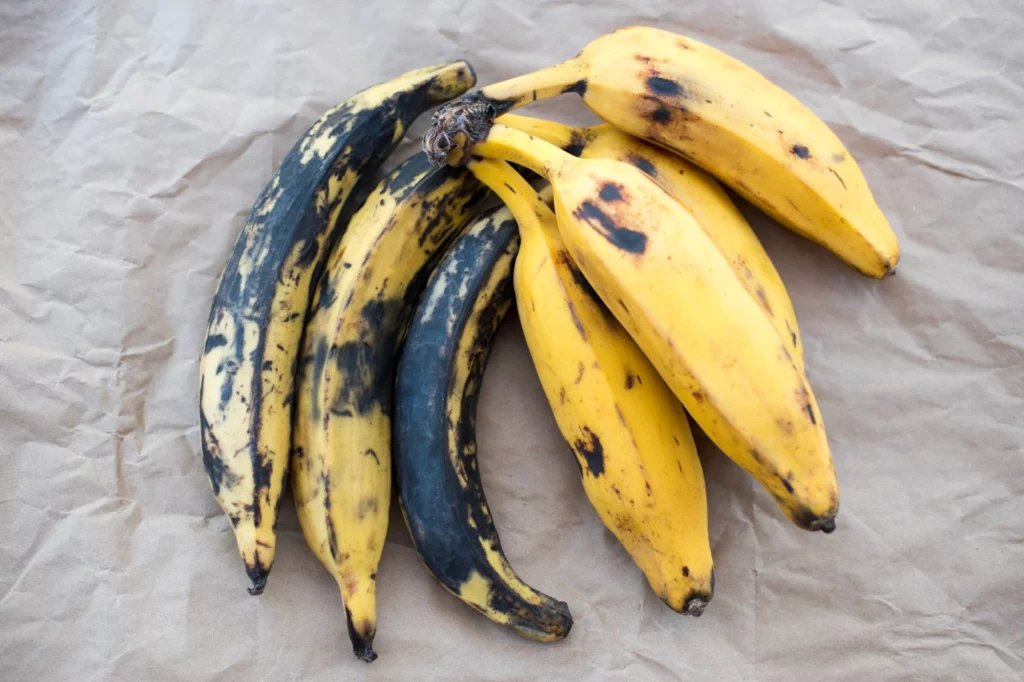
Plantains, while related to bananas, deserve their own spot on the list of most popular Salvadoran fruits. These starchy fruits are incredibly versatile and are used in both sweet and savory dishes:
- Plátanos fritos (fried plantains): A sweet, caramelized side dish
- Empanadas: Stuffed with milk custard or fried beans
- Plátanos en gloria: Plantains simmered in a sweet syrup
- Pastel de plátano: A unique cake combining plantains, beans, and cheese
Pastel de plátano is a prime example of how plantains are used in Salvadoran cuisine. This savory-sweet dish features layers of smooth plantain dough with a filling of cheese and fried beans, showcasing the fruit’s versatility in both sweet and savory applications.
Nísperos
Nísperos, also known as Chinese plums, are highly popular in El Salvador. These fruits are characterized by:
- Light brown outer peel
- Yellow-orange flesh
- Creamy and sweet flavor when ripe
Salvadorans typically enjoy nísperos raw, savoring their unique taste and texture. These fruits offer a delightful change of pace from other popular Salvadoran fruits and are a must-try for visitors to the country.
Tamarind
Although native to Africa, tamarind has found a special place in Salvadoran cuisine. This tropical fruit is known for its:
- Distinctive sweet and sour flavor
- Versatility in both sweet and savory applications
- Popular use in candies and sauces
In El Salvador, tamarind is enjoyed in various forms:
- Tamarind candy: A beloved sweet treat
- Tamarind sauce: Used in dishes like pork loin with tamarind and plum sauce
Tamarind candy is a popular Salvadoran treat made by cooking tamarind pulp with sugar until it reaches a dough-like consistency. The mixture is then shaped into small balls and rolled in sugar, creating a perfect balance of sweet and sour flavors.
Granadilla

Granadilla, a lesser-known member of the passion fruit family, rounds out our list of popular Salvadoran fruits. This exotic fruit is characterized by:
- Orange exterior
- Gel-like interior filled with seeds
- Sweet flavor with a subtle tangy note
Salvadorans enjoy granadilla in several ways:
- Raw, eaten directly from the fruit
- As a juice, either on its own or mixed with other fruits
- As an ingredient in “ensalada,” a popular Salvadoran fruit drink
Ensalada is a refreshing beverage that combines various diced fruits, including granadilla, with water, sugar, and a pinch of salt. This drink perfectly showcases the diverse flavors of El Salvador’s fruit offerings.
Conclusion
The 10 most popular Salvadoran fruits we’ve explored offer just a glimpse into the country’s rich agricultural heritage. From the widely beloved mango to the unique arrayán, these fruits play a crucial role in Salvadoran cuisine and culture. They are not only enjoyed fresh but also incorporated into a wide array of dishes, desserts, and beverages that showcase the creativity and culinary prowess of Salvadoran people.
The diversity of popular Salvadoran fruits reflects the country’s tropical climate and fertile lands. Each fruit, with its unique flavor profile and culinary applications, contributes to the vibrant tapestry of Salvadoran gastronomy. Whether you’re indulging in a sweet mango pie, sipping on a refreshing arrayán juice, or savoring the complex flavors of a tamarind sauce, these fruits offer a true taste of El Salvador.
For visitors to El Salvador, exploring these fruits provides a delicious way to connect with the local culture and cuisine. And for those unable to visit, seeking out these tropical delights in your local markets can offer a small but flavorful glimpse into the culinary wonders of this Central American nation.
As we’ve seen, the popular Salvadoran fruits are more than just food – they’re a celebration of the country’s natural bounty, a key component of its culinary identity, and a delicious invitation to explore the flavors of El Salvador. So the next time you encounter any of these fruits, remember the rich cultural heritage they represent and the tropical paradise they come from.
